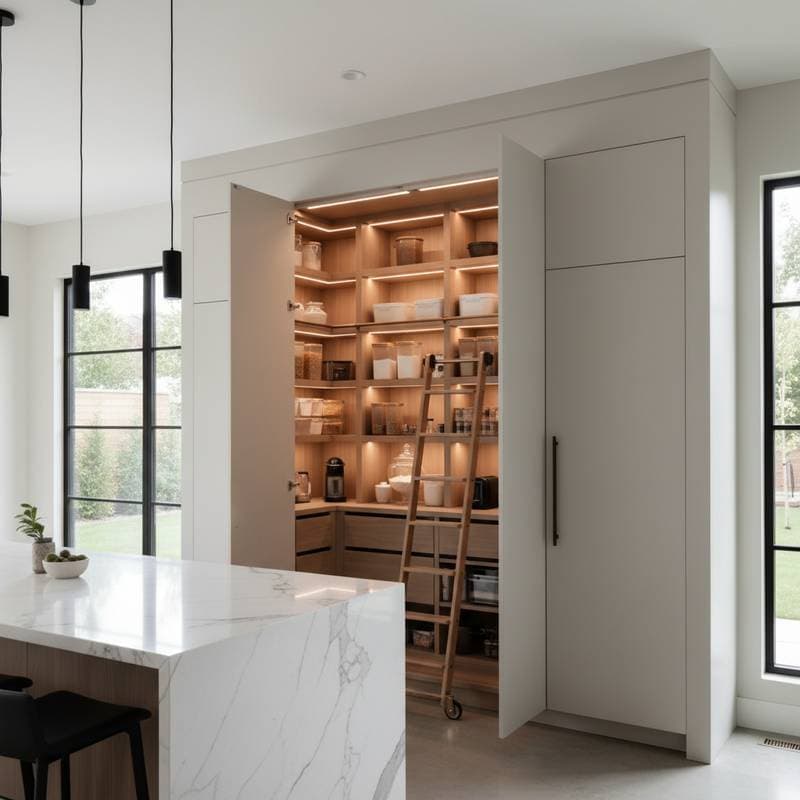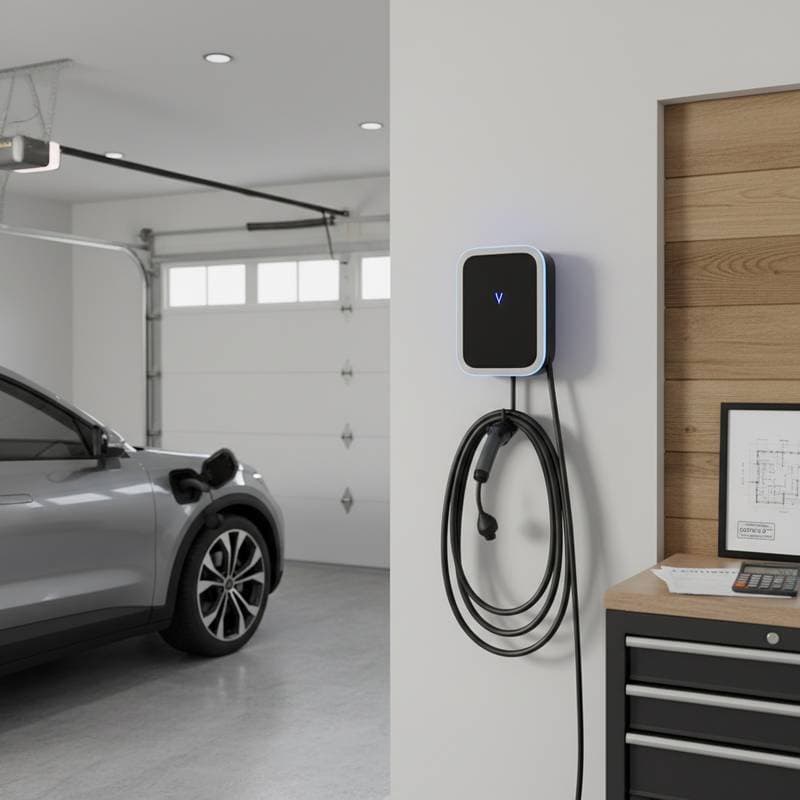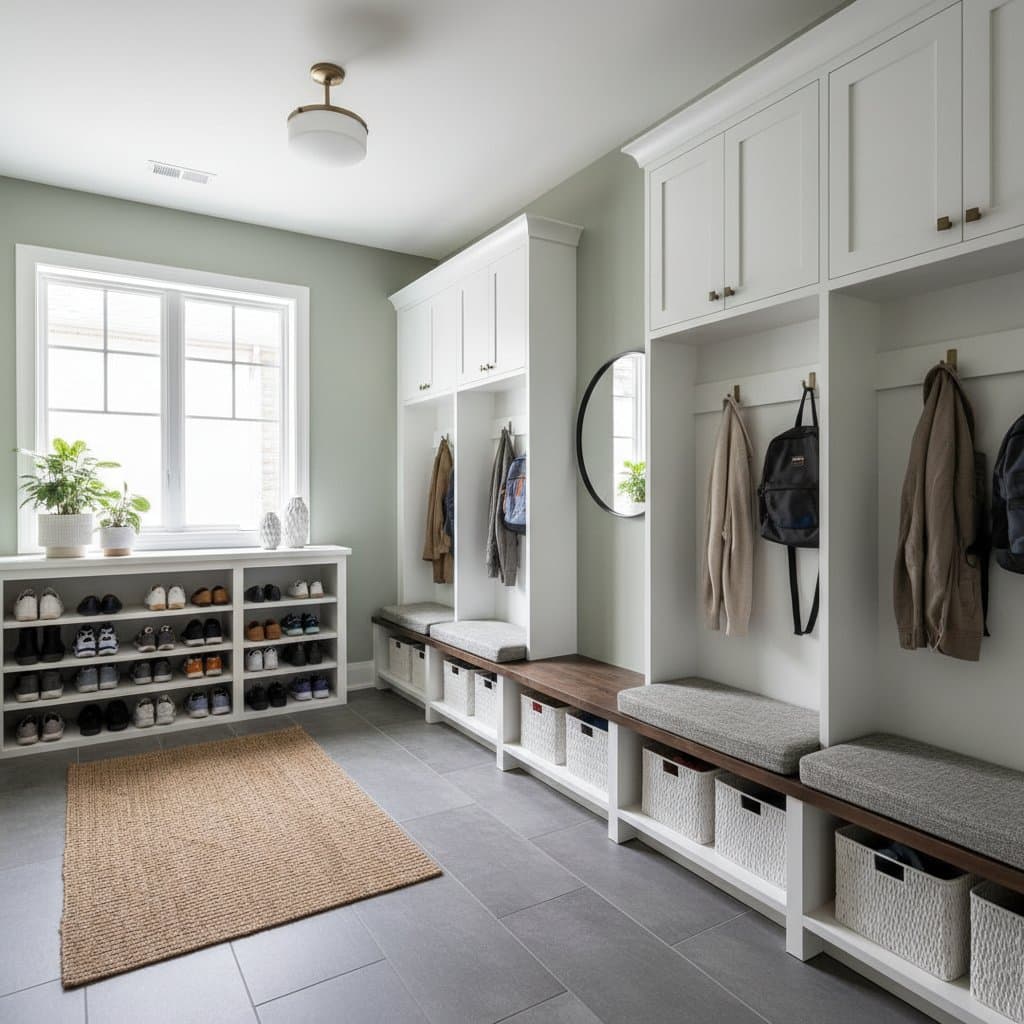Unlock Home Value with Smart Kitchen Tech Upgrades
Smart kitchen tech boosts convenience, saves energy, and raises resale value. The right upgrades can make your kitchen feel modern and increase your home’s appeal to buyers. You do not need a full remodel to see results. A few connected appliances and smart systems can do the job.
The Fast Answer
Smart kitchen upgrades can raise home value by 5 to 15 percent depending on the market and the quality of the tech. Expect to spend between $2,000 and $15,000 for a mix of devices and installations. Most projects finish in one to three days once materials arrive.
Cost Breakdown
| Task | Typical cost | What affects price |
|---|---|---|
| Smart refrigerator | $2,000 to $5,000 | Brand, features, and energy rating |
| Smart oven or range | $1,500 to $4,000 | Connectivity type, dual fuel, size |
| Smart lighting setup | $200 to $800 | Number of fixtures, hub required |
| Smart faucet or water monitor | $300 to $1,000 | Touchless tech, finish, water usage alerts |
| Smart plugs or outlets | $100 to $500 | Quantity, integration with voice control |
| Full kitchen automation system | $3,000 to $10,000 | Custom wiring, control panels, professional setup |
Prices vary by region and labor rates. Higher-end appliances and full-home integration drive costs up. DIY installs and smaller upgrades keep costs lower.
DIY vs Pro
DIY if:
- You are swapping simple devices like bulbs, plugs, or smart speakers.
- You are comfortable connecting devices through apps.
Hire a pro if:
- You need wiring changes or panel integration.
- You are installing new appliances that require plumbing or gas hookups.
- You want a unified automation system controlled from one panel.
A pro ensures safety, warranty coverage, and compliance with local codes. Some appliance warranties require professional installation.
Tools and Materials Checklist
- Screwdrivers, adjustable wrench, and pliers
- Drill and bits for mounting hubs or sensors
- Smart plugs, bulbs, or switches
- Ethernet cable or range extender
- Level for appliance placement
- User manuals or setup apps
Keep packaging and manuals for future updates or troubleshooting.
Regional Notes
In humid or coastal climates, choose stainless finishes and moisture-resistant materials. In cold regions, consider smart water monitors that detect frozen pipes. Some cities require electrical permits for rewiring smart outlets or panels. Always check with local building departments before making permanent electrical changes.
Why Smart Kitchen Tech Raises Value
Buyers love convenience and lower utility bills. Energy-efficient smart appliances cut water and power use, which makes your home more appealing during showings. Smart lighting and leak detection add a sense of security. Integration with voice assistants makes kitchens feel current and easy to operate.
Even renters benefit. Portable smart plugs, countertop appliances, and lighting kits can travel to the next home. For homeowners selling soon, these upgrades show that the property is modern and well cared for.
Safety and Compliance Tips
- Turn off power at the breaker before replacing outlets or switches.
- Use grounded outlets near sinks.
- Avoid running wires near heat sources.
- Keep smart hubs away from water and steam.
- Follow manufacturer setup steps to avoid voiding warranties.
- Check that all smart devices meet local electrical codes.
If a device flashes or fails to connect repeatedly, stop and call a licensed electrician.
Pro Tips for Success
- Label each device in your app clearly. “Island Lights” is better than “Light 3.”
- Use routines to cut energy waste, such as dimming lights when not in use.
- Schedule firmware updates during low-use hours to avoid glitches.
- Keep backup manual controls in case Wi-Fi drops.
- Test leak sensors quarterly by dripping water nearby.
A little maintenance keeps your system reliable and your investment secure.
FAQs
How much value can a smart kitchen add to my home?
Usually 5 to 15 percent, depending on your market and the quality of the upgrade.
What is the easiest smart kitchen upgrade?
Smart lighting and plugs give quick results with low cost and easy setup.
Do I need a hub for every device?
No. Many devices connect directly to Wi-Fi, but a hub helps if you have several brands.
Making It Happen
Start small. Add smart lights or plugs, then move up to appliances and water monitors. Test each addition before layering more tech. Focus on systems that blend efficiency and comfort.












